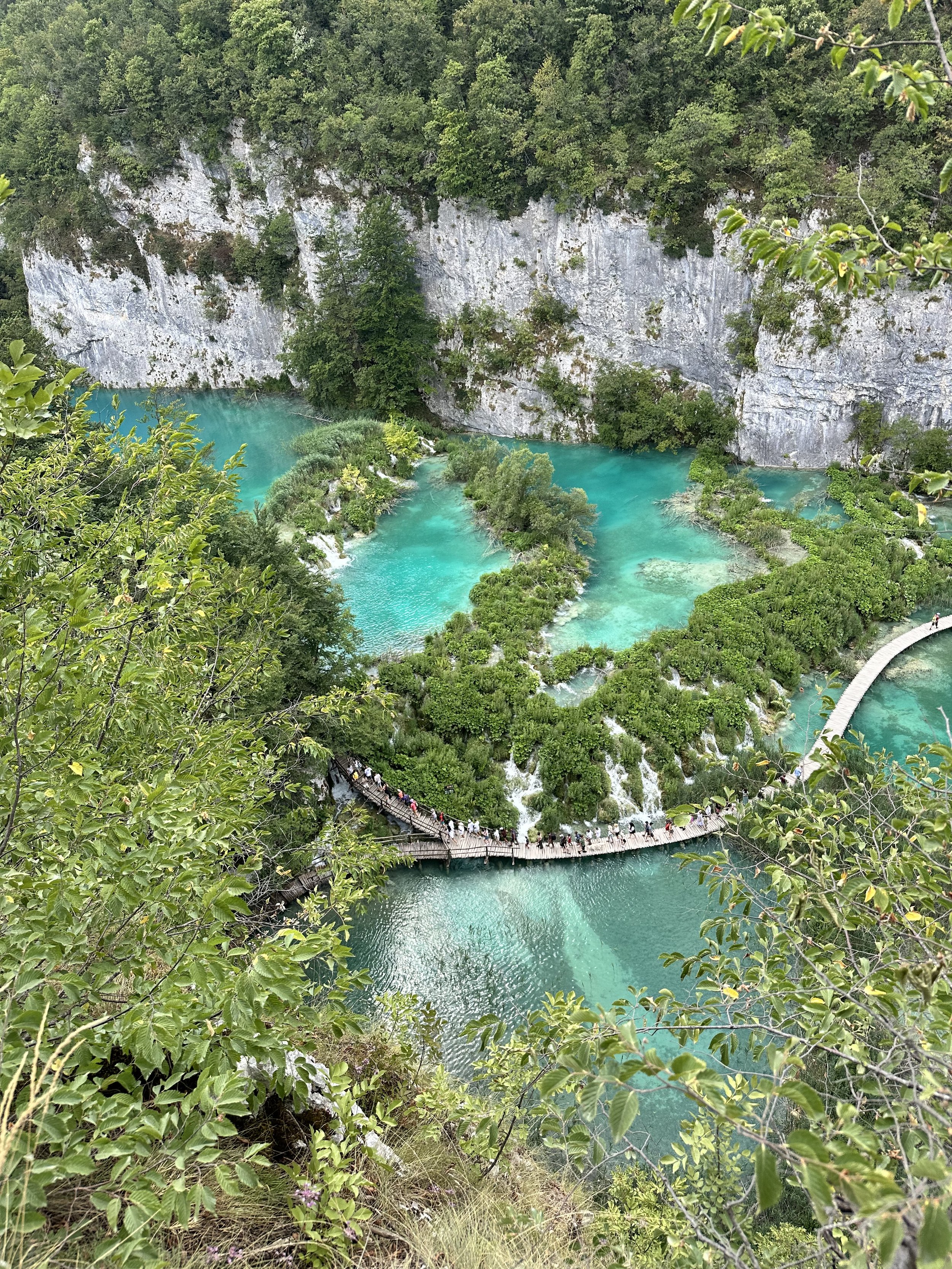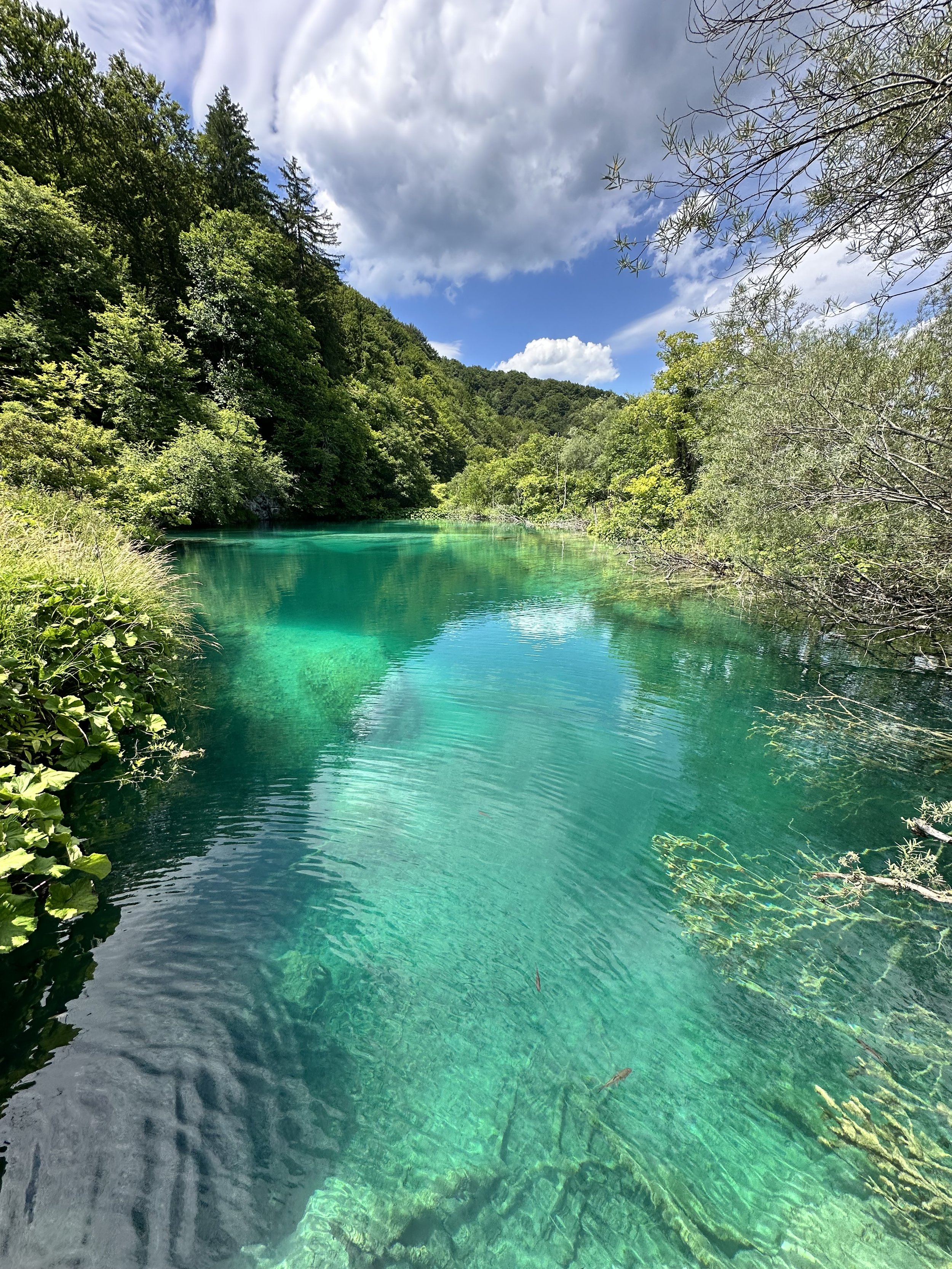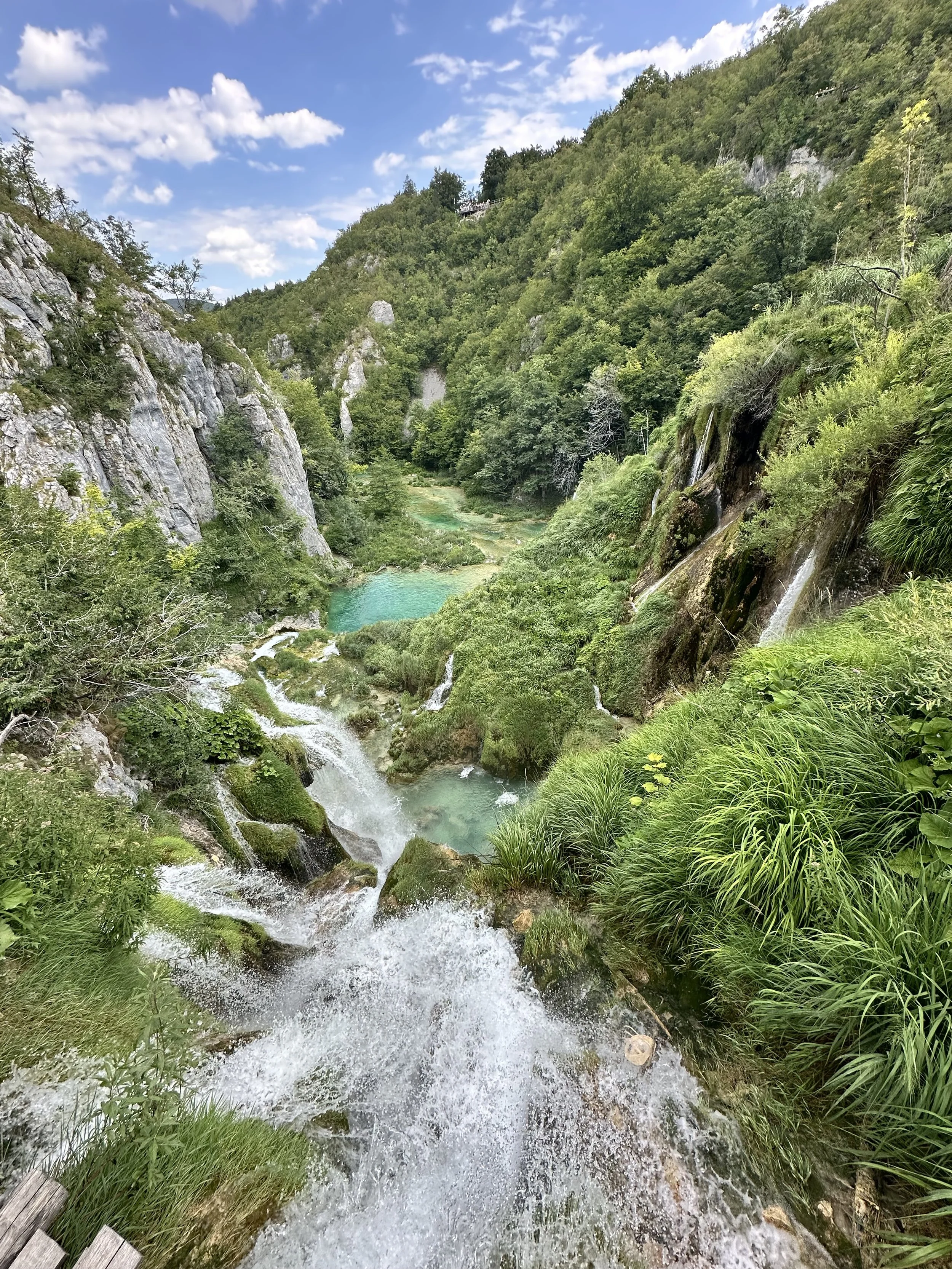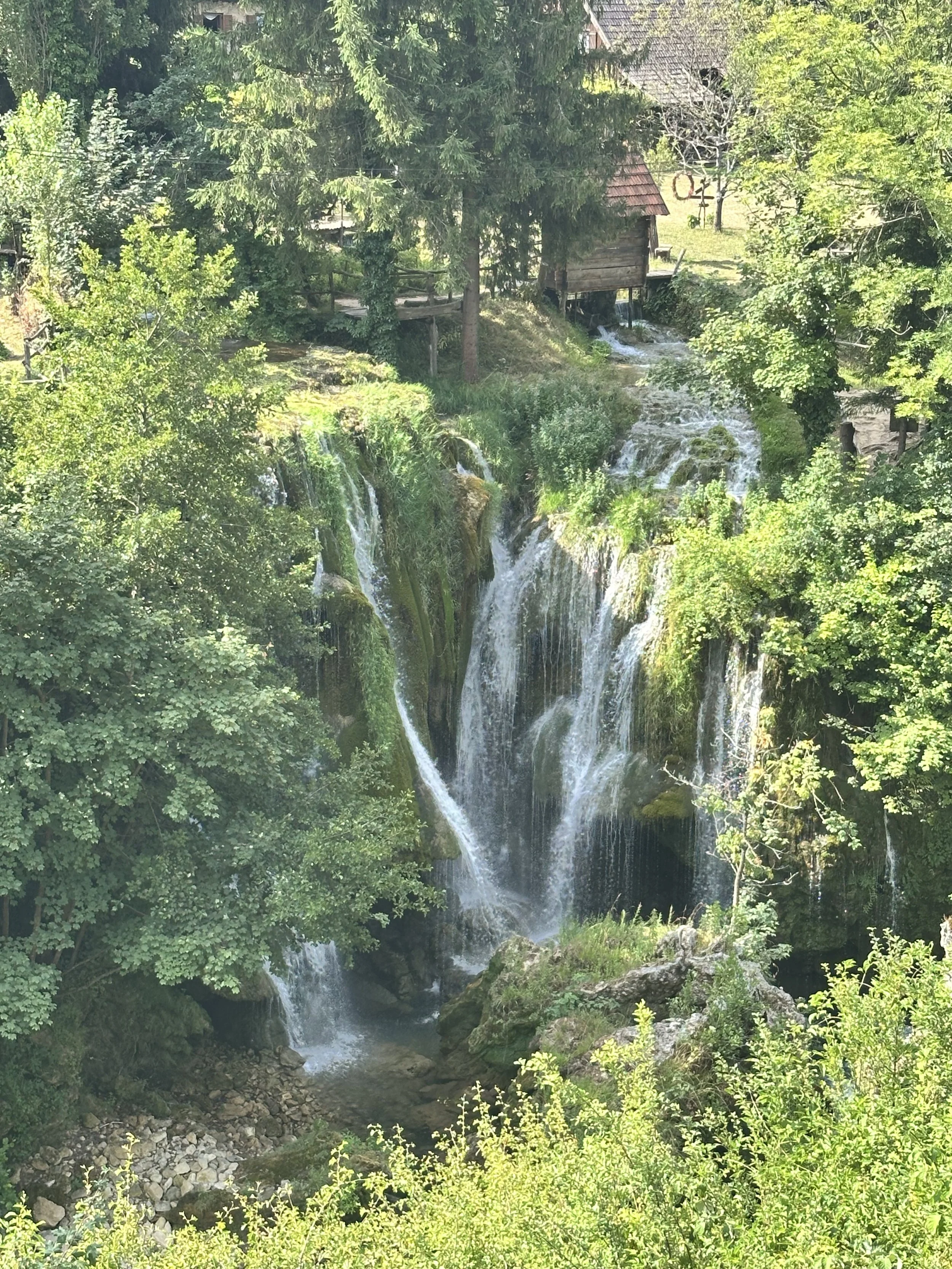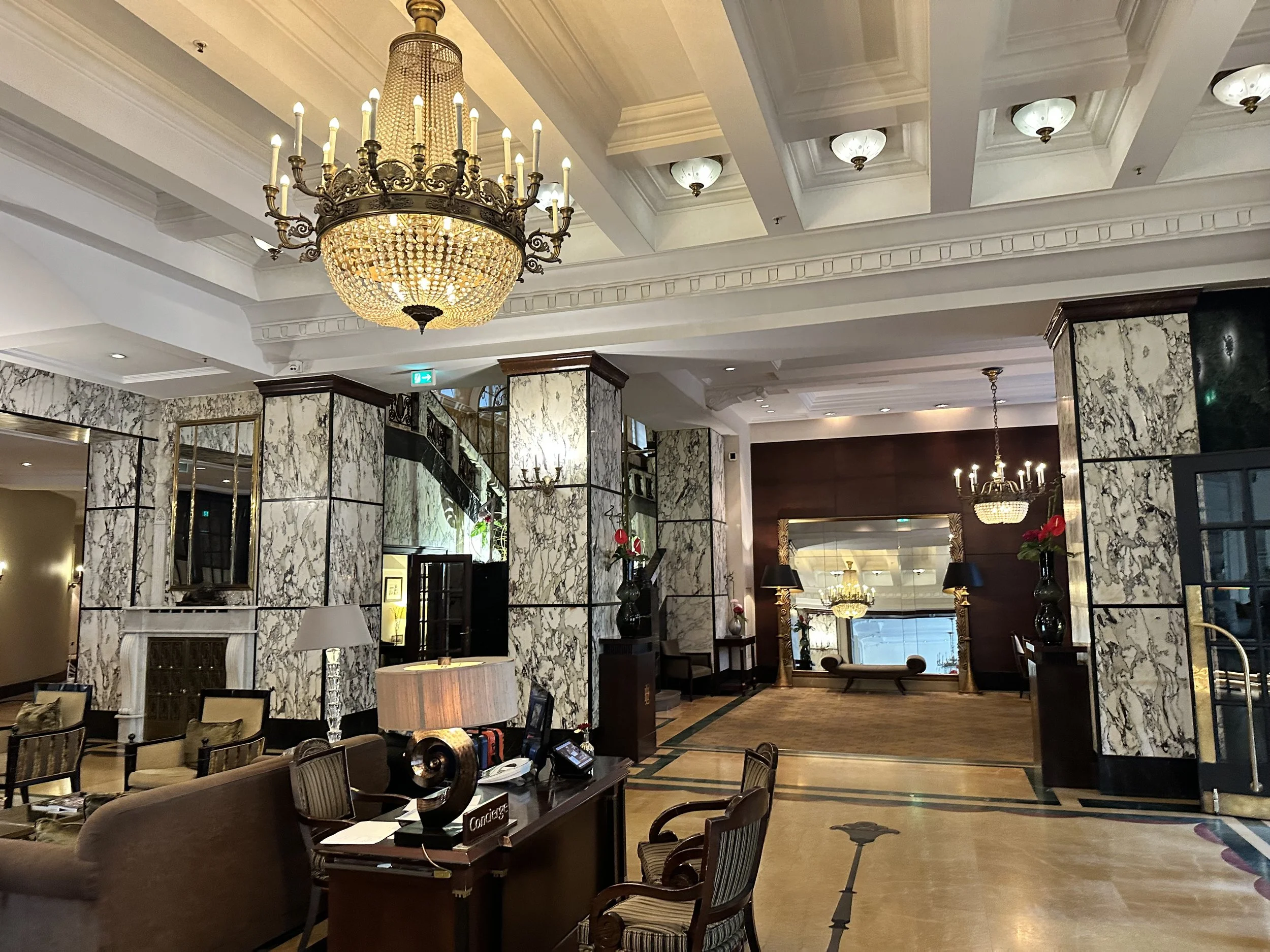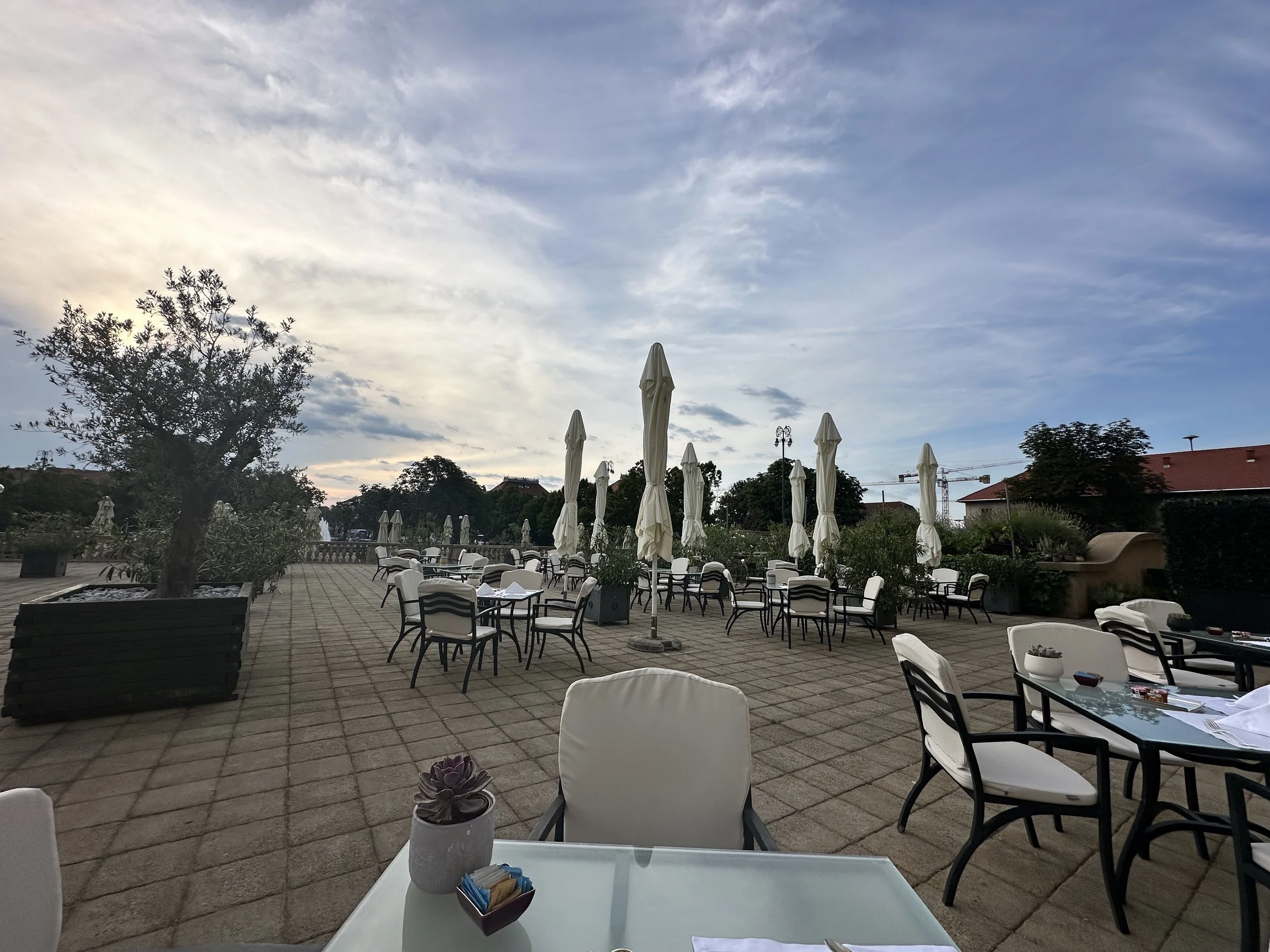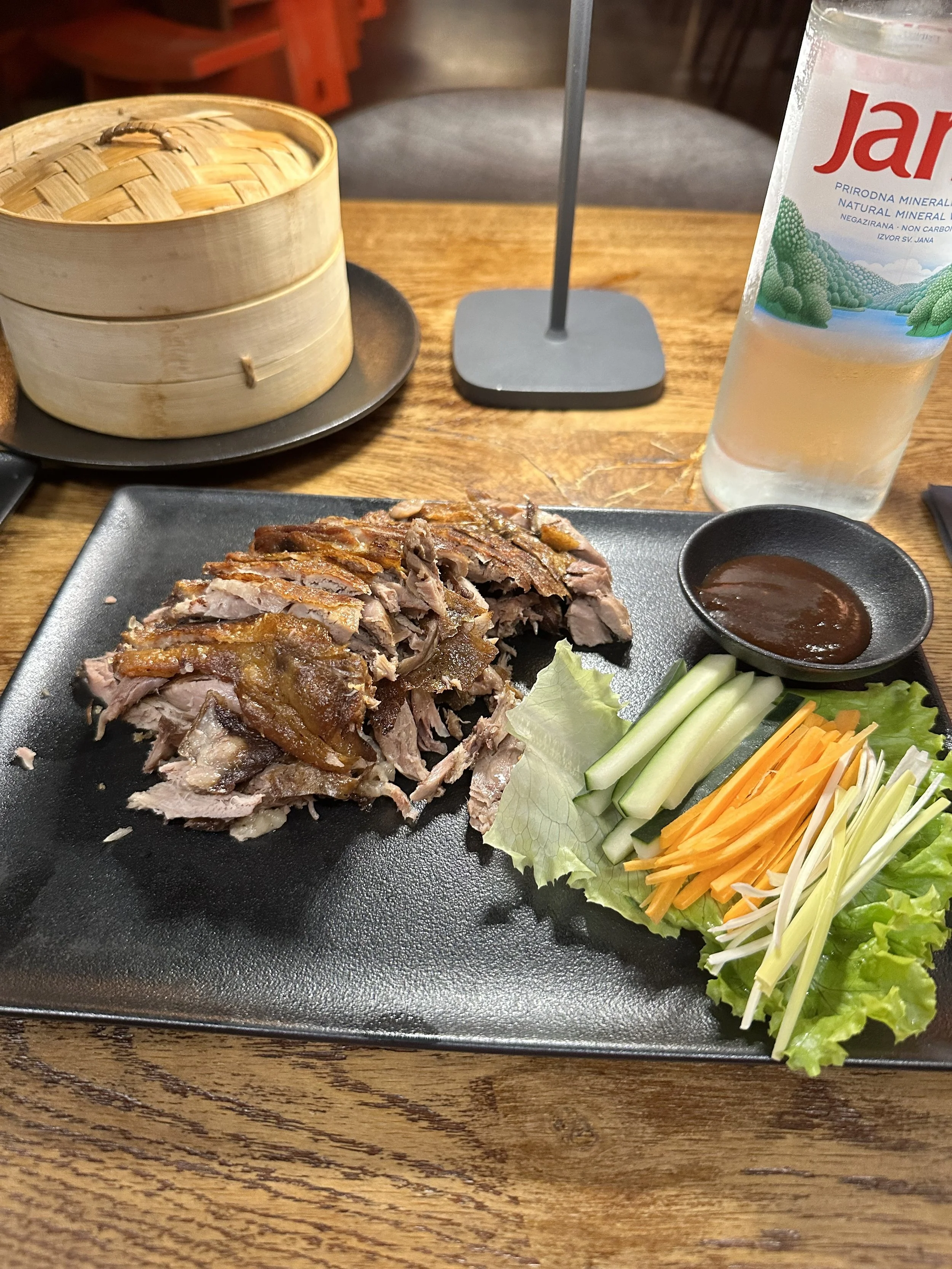Solo Summer 2025 Days 57-58: Luxury and Waterfalls in Zagreb
Zagreb, Croatia’s capital, is often overlooked in favor of the country’s coastal destinations like Dubrovnik and Split—but this inland gem has its own distinctive charm. A blend of Austro-Hungarian architecture, laid-back café culture, and lively public squares, Zagreb is both grand and accessible. The city is divided into the Upper Town (Gornji Grad), where you’ll find cobblestone streets and historic landmarks, and the Lower Town (Donji Grad), known for its elegant boulevards, green parks, and stately buildings. It’s a city that rewards wandering, with tucked-away courtyards, quirky museums (like the Museum of Broken Relationships), and vibrant street art that reveal themselves slowly.
I arrived in Zagreb on a quiet afternoon, flying in with just enough energy left to grab an Uber to my hotel—the iconic Hotel Esplanade. Situated near the main train station and next to the city’s beautiful Botanical Garden, the Esplanade was originally built in 1925 to serve passengers of the famous Orient Express. Today, it’s one of the most prestigious hotels in Croatia. The grand lobby glows with chandeliers and marble, and the service is as polished as the decor. My room was a plush, calming retreat with high ceilings, soft bedding, a marble bathroom, and L’Occitane toiletries—everything I needed after a day of travel.
That evening, I decided to skip the traditional Croatian fare and headed to Silk Pan Asian for something a bit different. Tucked into a sleek, modern space, Silk offers a menu of Thai, Japanese, and Chinese dishes. I ordered the Peking duck, and it was an absolute standout—crispy skin, tender meat, and a perfectly balanced hoisin glaze that hit all the right notes. Full and satisfied, I returned to the Esplanade and enjoyed a quiet, early night in my luxurious room, knowing the next day would be an active one.
Morning came early with a 7:30 a.m. pickup for a day trip to Rastoke and Plitvice Lakes National Park. The first stop was Rastoke, a picturesque village known as “the little Plitvice” for its network of small waterfalls and rivers that wind between rustic houses and old watermills. The sound of rushing water is constant, and moss-covered bridges make the whole area feel like a hidden fairytale. It was a peaceful and beautiful introduction to Croatia’s inland landscape.
From there, we continued to Plitvice Lakes National Park, one of Croatia’s most famous natural wonders and a UNESCO World Heritage Site. The park is known for its cascading lakes and waterfalls, set within a forested canyon. We entered through Entrance 1 and began the full loop hike, covering both the Lower and Upper Lakes. The Lower Lakes were dramatic and carved into deep limestone canyons, with wooden walkways taking us past roaring falls and vibrant turquoise water. After a scenic electric boat ride across Kozjak Lake—the largest in the park—we continued through the Upper Lakes, where the terrain flattened out but the views expanded. Water spilled over mossy ledges and cliffs, with panoramic vistas of the surrounding forest. Over the course of the day, we hiked about eight miles, stopping often to take in the natural beauty, which truly feels untouched by time.
Exhausted but exhilarated, I returned to the Esplanade in the early evening. After a much-needed hot shower, I ordered room service and curled up in my robe, too tired to move but completely content. My short time in Zagreb had been full of contrasts—historic charm, modern cuisine, luxurious rest, and wild nature.
The next morning, I would be catching the train to Ljubljana. The journey was supposed to be straightforward… but it ended up being an adventure all its own. More on that soon.

